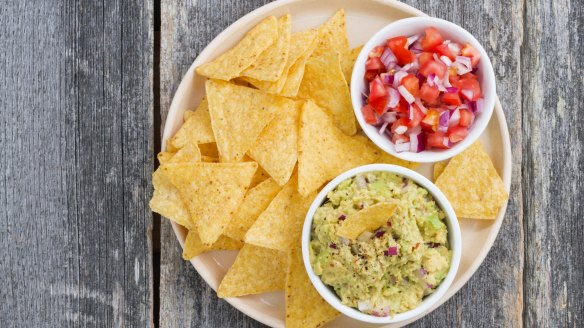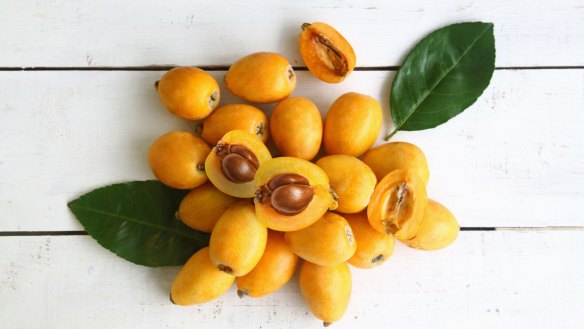How to make low-fat corn chips at home

How do they make corn chips? V. Pound
With corn and lots of food additives. There is no naturally occurring substance known to man that has the same colour as a cheese-flavoured corn chip. Except for (insert name of reality TV celebrity or US President. Or both). Corn chips are based on totopos, a Mexican snack made from day-old corn tortillas that are cut into eighths, then deep fried. They have evolved into brilliantly engineered junk food delivering the perfect amount of salt, sugar, savoury and crunch to make them almost irresistible. Whole corn kernels are boiled, then soaked, drained, ground into a dough, rolled into a sheet, and cut into shapes. You may remember the chips were once triangular. The points of theses triangles proved too brittle and would break off in the pack so the process was changed to give them rounded edges. These pieces of dough are toasted before deep frying. The chips are cooled, then tumbled in a sticky powder of dried cheese and chemicals. The satirical US magazine The Onion joked in 1996, "The Frito-Lay Corporation, manufacturers of the world's best-loved snack chip products for over 50 years, announced yesterday the addition of the one millionth ingredient in Doritos."
If you want to make you own totopos without the fat, buy corn (rather than wheat) tortillas, cut them into wedges, spread them evenly on a tray in an oven preheated to 180C (160C fan-forced) and bake them for 15-20 minutes or until crisp. Serve with salsa. Note that Mexicans never dip their totopos into the salsa, preferring to spoon it over instead.

What do I do with loquats? K. Miles
These small golden fruit ripen from early spring to early summer. I had the most delicious loquat condiment served alongside a charcuterie platter at a country restaurant in Warragul, Gippsland, in Victoria. The chef Trevor Perkins, had picked 10 loquats from his mother's nearby garden. He cut the loquats in half, removed the seeds, then dropped them in some water acidulated with a squeeze of lemon juice to stop them going brown. He then placed the loquats in a heavy-based saucepan, covered them with water, sprinkled over three tablespoons of sugar and squeezed over the juice of half a lemon. Over a medium heat, he simmered the loquats to loosen the skin, which he removed before placing the loquats in a bowl and dressed them with two tablespoons of extra virgin olive oil, two tablespoons of poaching liquid, a tablespoon of chopped dill leaves, two sprigs of chopped thyme and a pinch of salt. Loquats are a member of the rose family and this recipe really accentuates the natural rose aroma. This little condiment is great with a chicken terrine but is also brilliant with roast chicken, barbecued fish or even tossed through a salad.
Feedback
P. Alford writes: "I noticed in your column recently that you mentioned the use of egg whites by Renaissance artists. I am an artist who paints with egg tempera and only the yolks are used to mix with the pigments. Five hundred years ago special cooking recipes using only egg whites were invented to use up those whites which would have otherwise been wasted."
Do you have any vexing Christmas culinary conundrums? Send them to brainfood@richardcornish.com.au or tweet to @Realbrainfood.
Appears in these collections
- More:
- Food
- Brain food
